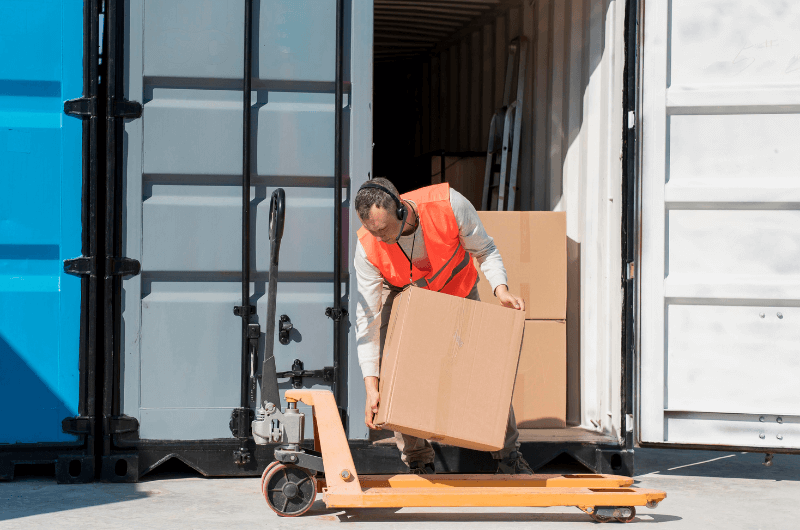Planning container loading is an essential component of supply chain and logistics management. It involves strategically placing cargo inside a shipping container to make the most of available space while maintaining the stability and security of the product throughout transportation. Cost savings, less environmental impact, and higher customer satisfaction are all possible as a result of an effective container loading strategy. We will look at the main ideas and procedures for computing a container loading plan.
Know your Container
Before embarking on the planning process, it is crucial to gain a comprehensive understanding of the various types of shipping containers commonly employed in the industry. There are several configurations available, including standard containers, high cube containers, refrigerated containers, open-top containers, and flat rack containers, each with unique measurements and weight capacities.
The first step to effective shipping container loading planning is to familiarize yourself with these variables. Knowing the particulars of each type of container allows you to choose the one that best suits your cargo while maximizing space efficiency and assuring the safety and security of your goods throughout their voyage.
Know your Cargo
To create an effective cargo loading plan, it’s crucial to accurately measure and assess the weight of your goods. This information is essential for determining the cargo’s center of gravity, ensuring proper weight distribution, and adhering to weight restrictions. This procedure can be streamlined by using digital scales and dimension measurement equipment. This improves accuracy and safety while averting any fines for going above weight limits.
Label and document the items
For the purposes of tracking, inventory management, and customs, accurate documenting of the container’s contents is crucial. Each item should have a label that corresponds to the manifest for simple identification.
Use Container Loading Software
Stop using pen and paper or Excel for container loading plans. The incorporation of container loading software has changed the game in the era of sophisticated logistics. These tools use algorithms to create loading plans that are incredibly effective. Created container loading plans excel at maximizing the use of available space inside shipping containers by taking into account a variety of criteria, including cargo size, weight, and stacking limits
Not only does it reduce empty spaces to increase cargo capacity, but it is also essential for maintaining cargo stability during transportation. Container loading software, which provides cost savings, reduces environmental impact and increases operational efficiency, is becoming a crucial component of modern supply chain management. Its flexibility in accommodating various cargo types and container configurations makes it indispensable.
A big plus is that you can make your container loading plan online since some of the software is available online and you can try it for free.
Utilize the loading sequence
The idea of a loading sequence becomes simple and extremely systematic when using load planning software to speed up your container loading procedure. It effectively turns your loading plan into a step-by-step manual that you can trust.
Start with the items listed in the software’s plan as priorities, generally starting with the biggest and heaviest parts. Continue with the succeeding pieces in the order specified, making sure that each one fits snugly into its assigned place. With the simplicity of following a carefully crafted plan, this automated loading procedure not only ensures effective space use but also reduces the risk of goods shifting during travel.
Now you have a container ready to go. You may streamline your container loading procedures, lower expenses, and make sure that items are transported securely and effectively by adhering to the guidelines presented in this article.








